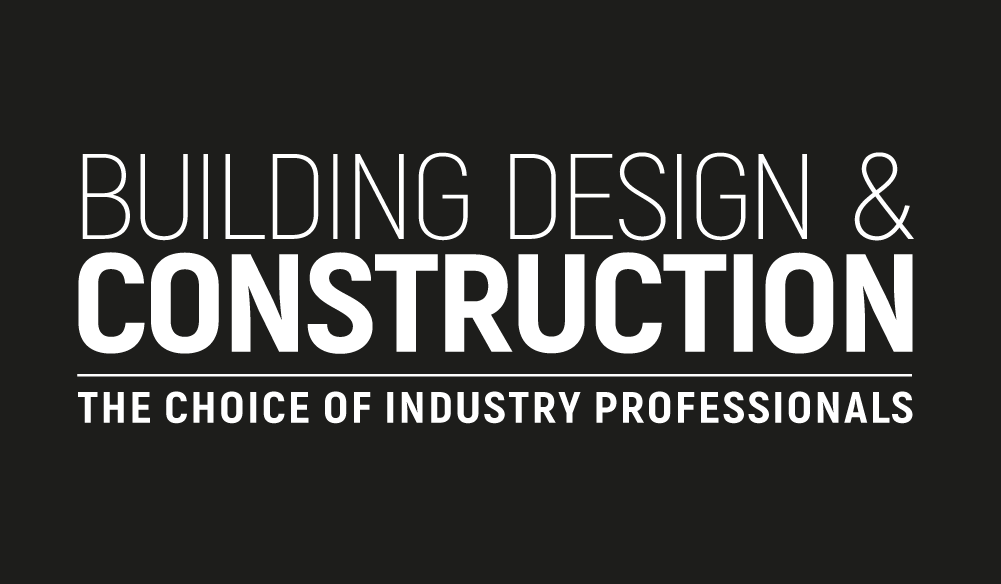Life can change in an instant. A devastating accident, a medical error, or a faulty product can leave individuals facing life-altering injuries, such as paralysis, amputation, or severe burns. In such cases, seeking the expertise of a New York City amputation lawyer can be crucial for navigating the legal complexities and securing rightful compensation. These catastrophic events not only cause immense physical and emotional suffering but also bring about a host of legal complexities. Navigating the aftermath of such a tragedy requires not only medical expertise but also specialized legal guidance to protect your rights and secure the compensation you deserve. This article will explore the legal recourse available for those who have suffered life-altering injuries, highlighting the importance of seeking specialized legal representation to navigate the complex legal landscape and rebuild your life. Understanding Life-Altering Injuries Life-altering injuries encompass a range of severe conditions that significantly impact an individual’s physical abilities, independence, and quality of life. These injuries often require extensive medical treatment, rehabilitation, and ongoing care, resulting in substantial financial burdens and emotional distress. Paralysis Paralysis, the loss of muscle function in one or more parts of the body, can result from spinal cord injuries, traumatic brain injuries, or certain medical conditions. The extent of paralysis can vary significantly, from partial paralysis affecting a specific limb to complete paralysis affecting all four limbs (quadriplegia). Individuals with paralysis often face significant challenges with mobility, requiring assistive devices such as wheelchairs or walkers. Employment opportunities may be limited, and individuals may require vocational rehabilitation to re-enter the workforce or pursue new career paths. Living with paralysis often necessitates long-term medical care, including physical therapy, occupational therapy, and medication management. Amputation Amputation, the loss of a limb or part of a limb, can occur due to accidents, medical conditions, or complications from surgery. Amputees often require extensive rehabilitation to learn to use prosthetic limbs and adapt to their new physical realities. The process of adapting to a prosthetic limb can be challenging, requiring patience, perseverance, and ongoing support from medical professionals and therapists. Severe Burns Severe burns can cause excruciating pain, requiring extensive pain management strategies during the healing process. The damage to skin and underlying tissues can lead to disfigurement, scarring, and functional limitations. Burn injuries often require prolonged hospitalization, multiple surgeries, including skin grafts, and ongoing rehabilitation to regain mobility and function. The recovery process for severe burns can be long and arduous, requiring extensive physical and occupational therapy. Legal Recourse for Life-Altering Injuries When a life-altering injury occurs due to the negligence or wrongdoing of another party, legal action may be necessary to secure compensation for the victim’s losses. Several legal avenues may be available, depending on the specific circumstances of the case. Personal Injury Lawsuits Personal injury lawsuits seek to hold negligent parties accountable for the harm they cause. These lawsuits can be filed against individuals, businesses, or other entities whose actions or inaction directly contributed to the injury. For instance, if a defective medical device led to an amputation, defective medical device lawyers could help the injured party file a lawsuit against the device manufacturer. Medical Malpractice Claims Medical malpractice claims are filed against healthcare providers, such as doctors, nurses, or hospitals, whose negligence resulted in a patient’s injury. This could include surgical errors, medication errors, or failure to diagnose a condition. Workers’ Compensation Claims If the injury occurred on the job, the injured worker may be eligible for workers’ compensation benefits. These benefits typically cover medical expenses, lost wages, and rehabilitation costs. A construction accident lawyer can help injured construction workers navigate the workers’ compensation system and ensure they receive the benefits they are entitled to. The Role of Specialized Lawyers Navigating the legal complexities of life-altering injuries requires specialized legal expertise. Different types of lawyers focus on specific areas of personal injury law, offering in-depth knowledge and experience to effectively represent their clients. Paralysis Injury Attorney A paralysis injury attorney specializes in representing individuals who have suffered paralysis due to accidents, medical malpractice, or other causes. They understand the unique challenges faced by paralysis patients and can help them secure compensation for medical expenses, rehabilitation, lost income, and adaptive equipment. Amputation Lawyer An amputation lawyer focuses on representing individuals who have undergone amputation due to accidents, medical negligence, or defective products. They are knowledgeable about the physical, emotional, and financial challenges associated with limb loss and can help amputees obtain compensation for prosthetics, rehabilitation, and pain and suffering. Construction Accident Lawyer Construction sites are inherently dangerous environments, and accidents can lead to severe injuries, including paralysis and amputation. A construction accident lawyer specializes in representing construction workers who have been injured on the job. They understand the complexities of construction site safety regulations and can help workers navigate workers’ compensation claims and potential lawsuits against negligent third parties. The Importance of Seeking Legal Help After suffering a life-altering injury, seeking legal help should be a priority. Experienced lawyers can provide invaluable guidance and support throughout the legal process, protecting your rights and advocating for your best interests. Lawyers conduct thorough investigations to gather evidence, interview witnesses, and determine liability for the injury. This investigation is crucial in building a strong case and establishing the responsible paries. Insurance companies often try to minimize payouts to injured parties. Lawyers are skilled negotiators who can advocate on your behalf, ensuring you receive fair compensation for your losses. If a fair settlement cannot be reached, your lawyer will represent you in court, presenting your case and fighting for your rights before a judge and jury. Conclusion Life-altering injuries bring about immense challenges, both physically and emotionally. Navigating the legal complexities of such situations can be overwhelming, but seeking specialized legal representation can provide crucial support and guidance. Whether you need a paralysis injury attorney, an amputation lawyer, or a NYC construction accident lawyer, experienced legal professionals can help you understand your rights, navigate the legal system, and secure the compensation you deserve to rebuild your life. Don’t













